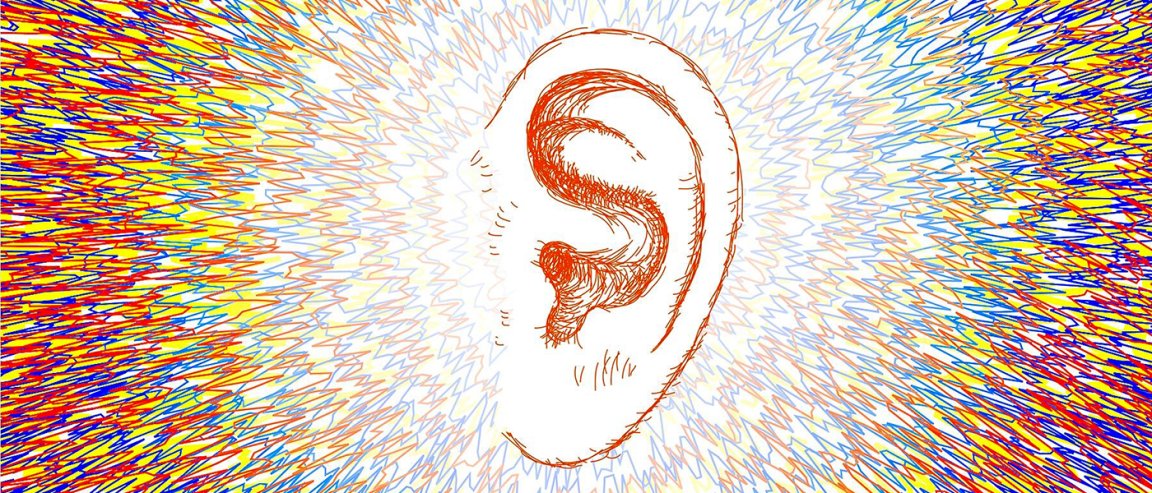
A Hearing Problem
Recently, research into how the brain works has led to a host of remarkably discoveries, helping us better understand how our brains function, how they react to changes in the body, and how they can be used to treat the body’s ailments.
Another study into the brain could now help deaf people. Researchers from University of California have been studying brain plasticity (which is the ability of the brain to change and adapt according to changing conditions of the body, like when using prosthetic limbs or hearing aids) in response to single-sided deafness (more commonly known as SSD), and they have found a new method that could pave the way for biomarkers, and thus, potentially, a cure.
Single-sided deafness affects around 9,000 people per year in the UK and around 60,000 per year in the US. It is currently incurable and extremely difficult to treat, partly due to the current lack of biomarkers against which we can measure a treatment’s efficacy, which is a major stumbling block to finding a cure.
The scientists studied brain plasticity in response to SSD. Specifically, they wanted to look at changes in neuron activation in the brain due to SSD. By studying the plasticity of the brain in relation to SSD, the researchers found changes to neurons in both hemispheres of the brain. This is an important step towards developing biomarkers to help guide treatment choices.
Taking a Glance at the Brain
This study used multi-modal imaging (MMI), magnetoencephalographic imaging (MEGI), as well as fMRI scans, to look at the auditory cortices of 26 subjects—13 people with SSD and 13 with normal hearing.
When the researchers exposed the subjects to sounds of different frequencies, they observed that the spread of neuron activation in both brain hemispheres was different between the two groups. Activation was symmetrical across the cortices of the hemispheres of the brain in normal-hearing subjects, but not in SSD sufferers. In these cases, the spread of neuron activation was extended in one hemisphere and reduced in the other.
With these results, it could now be possible to create biomarkers, or even develop therapies to cure the condition by restoring a normal relationship between the two hemispheres.